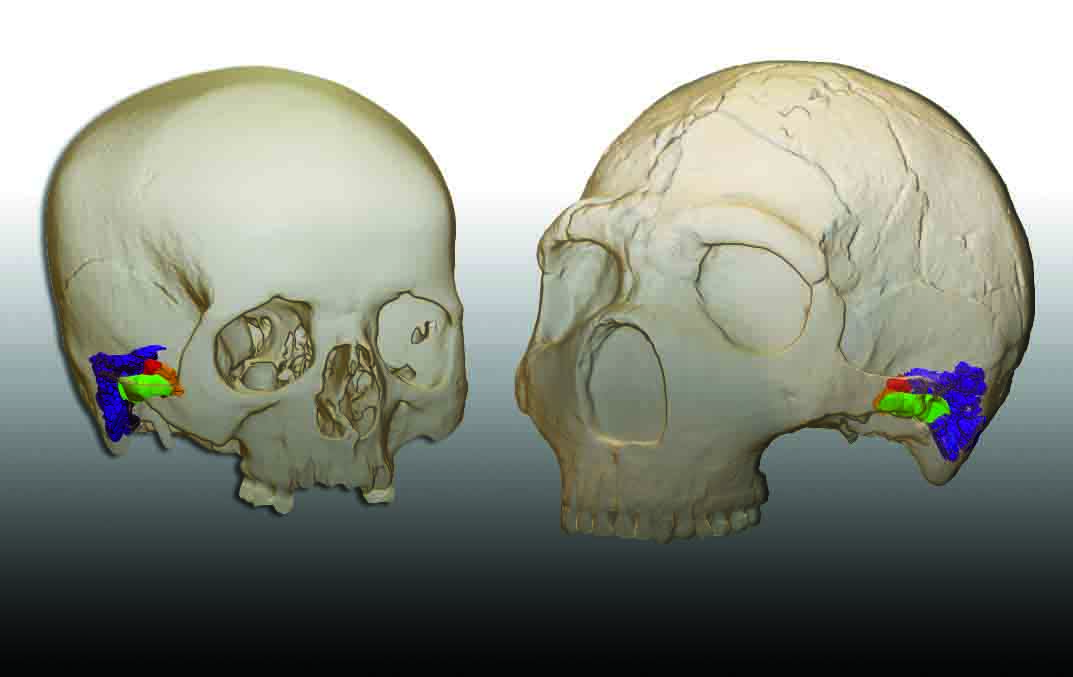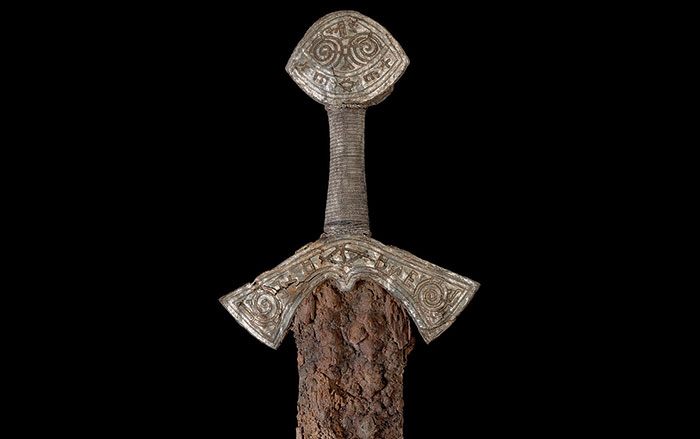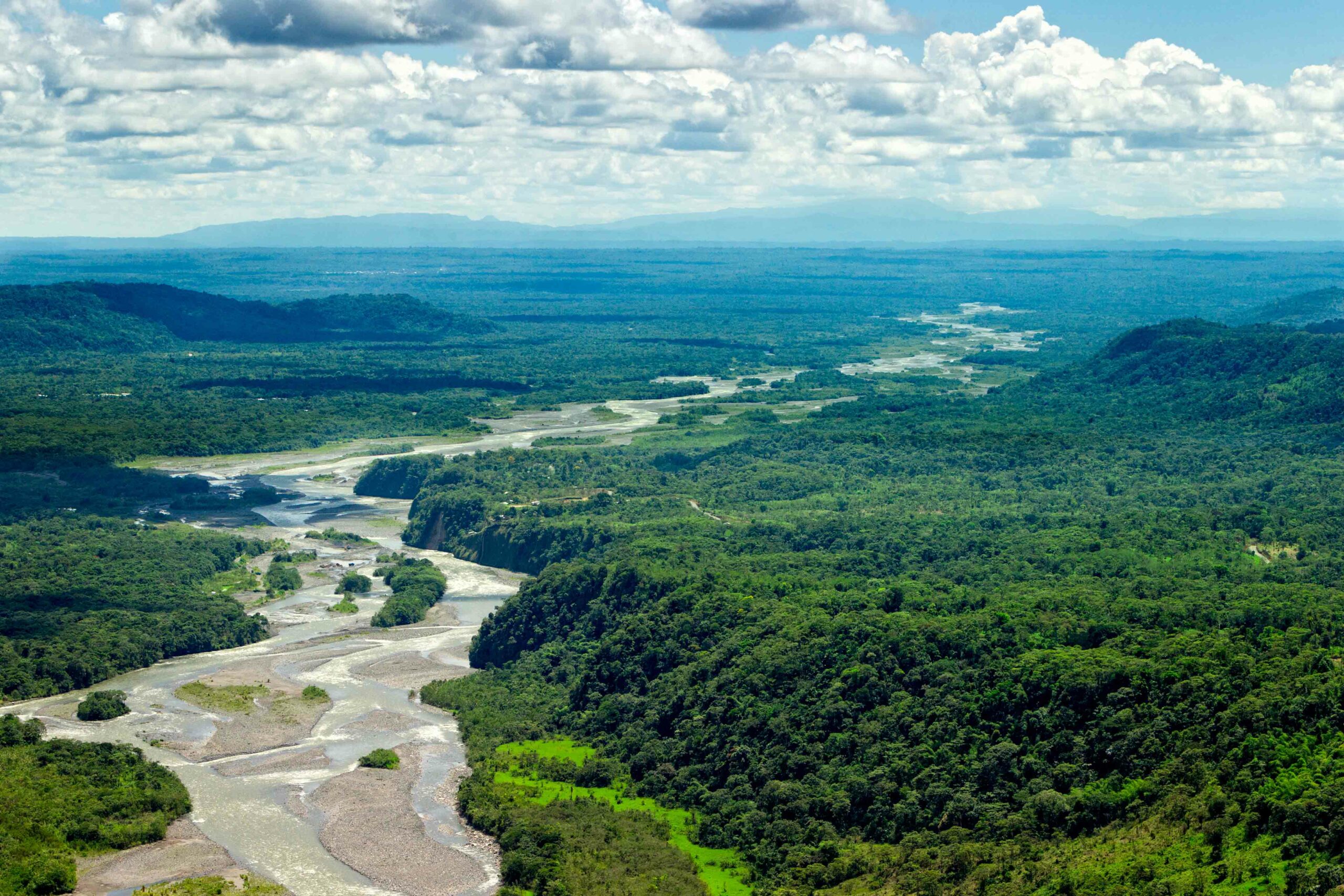
CAMBRIDGE, ENGLAND—DNA studies have suggested that modern humans and Neanderthals split from a common ancestor some 400,000 years ago. But what did this ancestor look like? Researchers have created a “virtual fossil” of this last common ancestor by plotting a total of 797 “landmarks” on a modern skull and the fossilized skulls of human relatives spanning a range of two million years. These data points were used to predict a timeline for skull structure. “We wanted to try an innovative solution to deal with the imperfections of the fossil record: a combination of 3-D digital methods and statistical estimation techniques. This allowed us to predict mathematically and then recreate virtually skull fossils of the last common ancestor of modern humans and Neanderthals, using a simple and consensual ‘tree of life’ for the genus Homo,” Aurélien Mounier of Cambridge University said in a press release. Three possible ancestral skull shapes were generated for three possible times of the split. These skull shapes were then compared to the few available fossils in the range of 800,000 to 100,000 years old. The virtual skull that was the best fit for the fossils suggests that the split between Neanderthals and modern humans occurred some 700,000 years ago. To read more about our extinct ancestors, go to "Should We Clone Neanderthals?"










